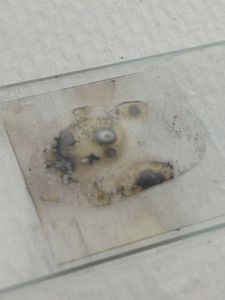Microscopic Photography Tricks: Side-lighting
 Feb 25, 2016 • 11:41 PM UTC
Feb 25, 2016 • 11:41 PM UTC Unknown Location
Unknown Location 140x Magnification
140x Magnification Unknown
Unknown
mherring
Learn about the author...
4posts
13comments
1locations
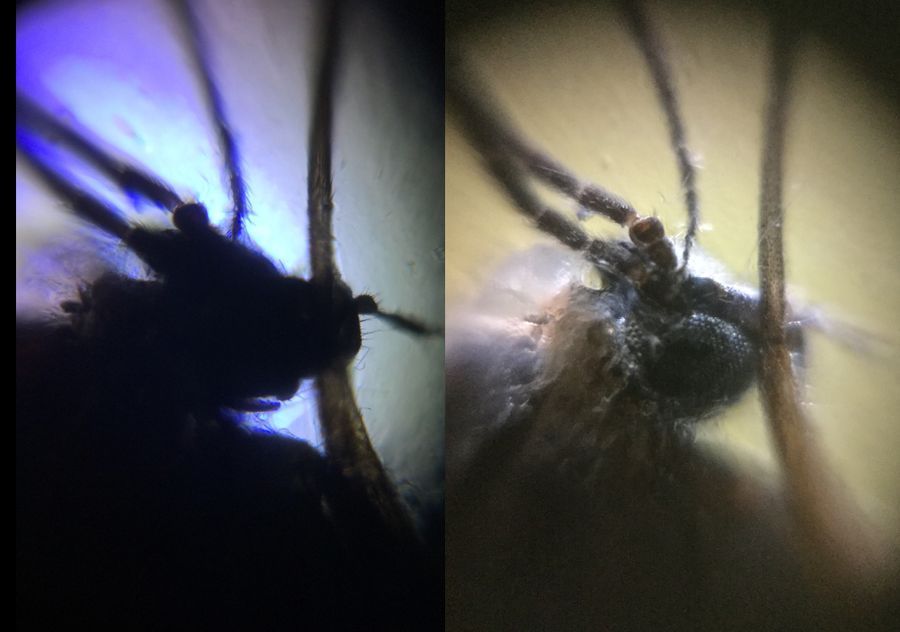
Photographers have amazing skills to make their images look exactly how they want by changing the lighting. Simply changing the direction the light is coming from, for instance by having an external flash, can make the world of difference in how your pictures turn out. With Aaron visiting this week, I was inspired to steal some of the same techniques he uses to take his beautiful macro shots and translate them into the Foldscope. Manu has already documented a number of different lighting techniques, most notably reflective mode ( https://microcosmos.foldscope.com/?p=1515 ), and Matt has shown how to make a simple dark-field setup ( https://microcosmos.foldscope.com/?p=7042 ). Jumping off from that, I wanted to look at samples that were a mixture of opaque and translucent. Often, opaque samples just appear as shadows on the Foldscope, which can be highly disappointing when you know that there is incredible structure hidden there. I made a simple side-light module and was very surprised by the results.

Picture of a fly with normal light-module illumination (3 layers of diffuser tape and a condenser lens) on the left versus a picture of the same fly with the side-light illumination. Note that the compound eye is now visible, when it was previously hidden in shadow.
Methods:
I took a coin battery, a small LED (3mm, with a hemispherical top) and a switch and soldered them together to form a simple circuit. This was a little tricky, since the switch I used was so small, but that meant that the module was only a few millimeters tall, which helped a lot when inserting it into the Foldscope. I used a small piece of double-stick tape to attach the module to one of the Foldscope paper slides. The switch peeked out the corner, which allows you to switch between natural light and side light. See the picture below for the arrangement.
Methods:
I took a coin battery, a small LED (3mm, with a hemispherical top) and a switch and soldered them together to form a simple circuit. This was a little tricky, since the switch I used was so small, but that meant that the module was only a few millimeters tall, which helped a lot when inserting it into the Foldscope. I used a small piece of double-stick tape to attach the module to one of the Foldscope paper slides. The switch peeked out the corner, which allows you to switch between natural light and side light. See the picture below for the arrangement.
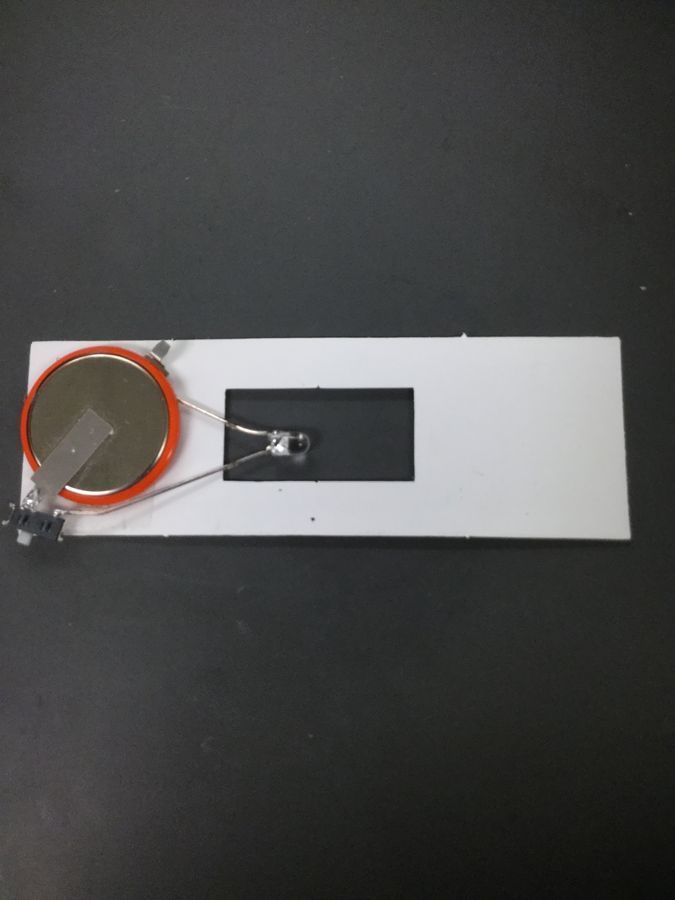
Next, I sandwiched the sample slide between the light module slide and a couple of blank paper slides. Because the side-light module was thicker, the sample was forced closer to the lens, so I had to add some extra slides on top (rather than on the bottom like normal) to get it in focus again.
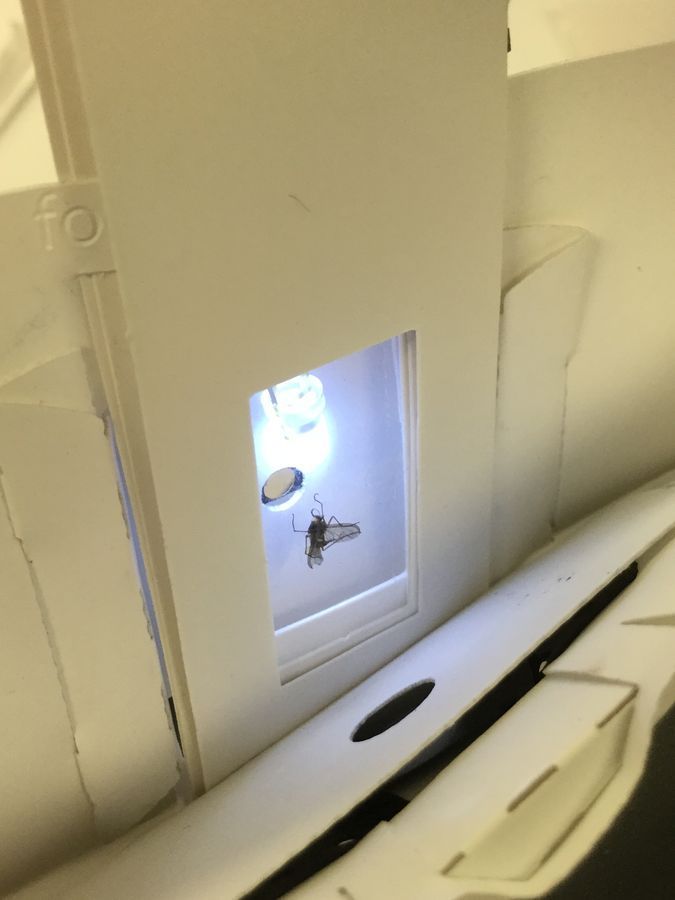
Image of the opened Foldscope with the side-light and the fly sample.
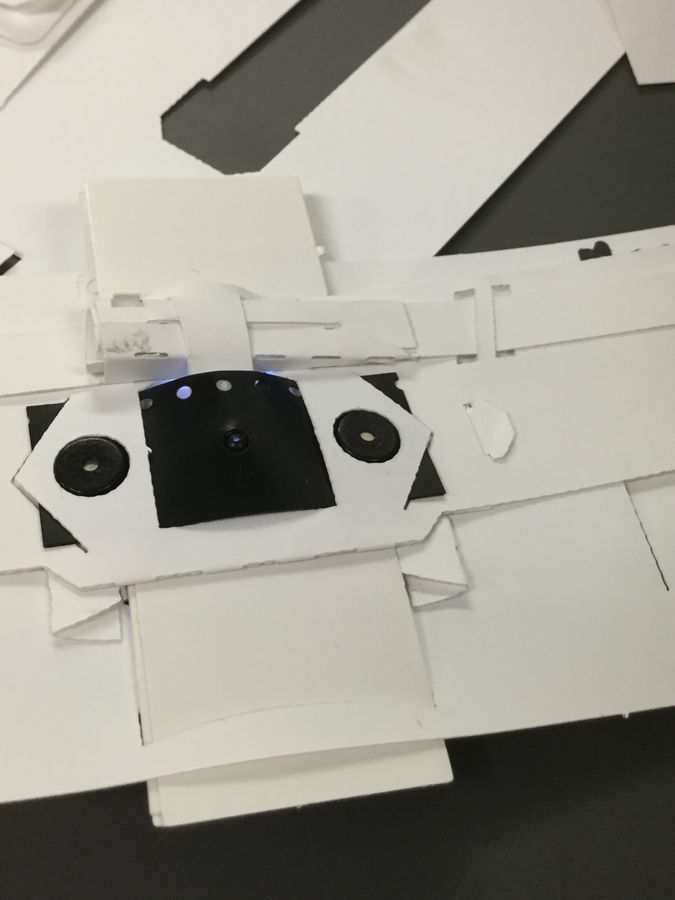
Image of the closed Foldscope with the side-light.
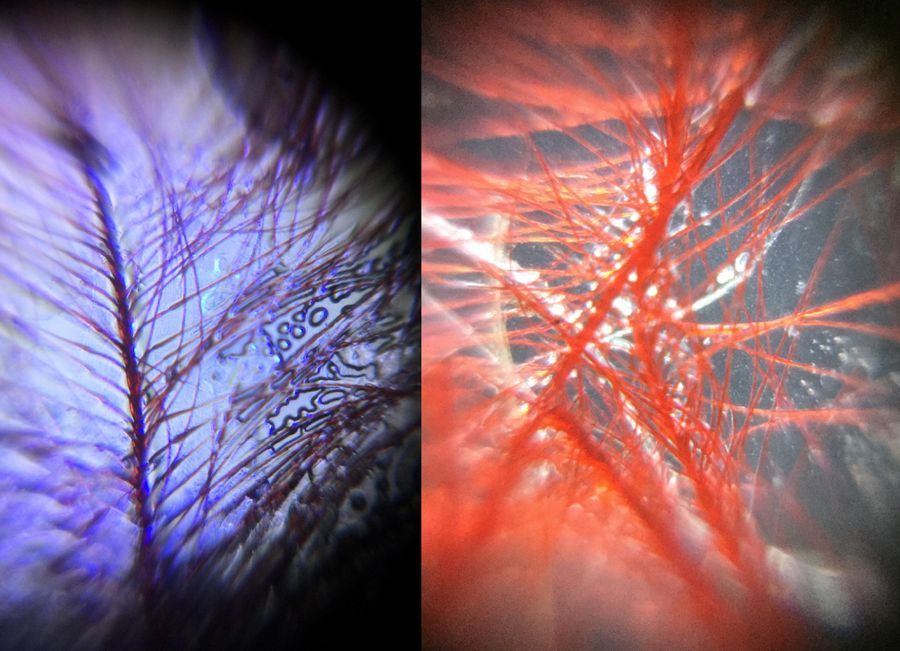
Goldfish Scales have very different coloration with normal light module illumination (left) versus side-light illumination (right). Even though there isn’t much more insight into the structure, the image still looks very different.
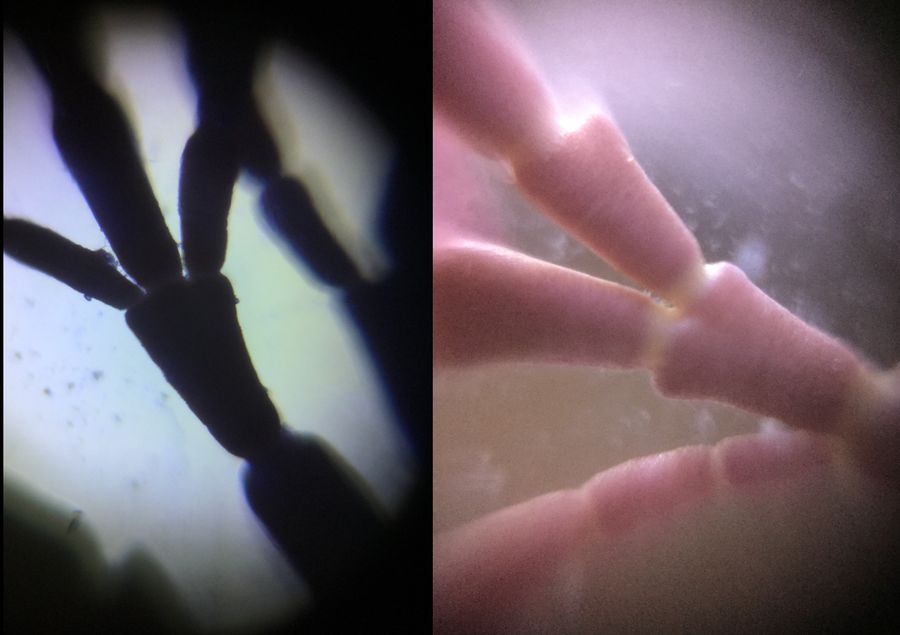
This is one of Tom’s samples of coralline algae that has always just been a shadow on the Foldscope with light module illumination (left). With side-lighting, the pink color comes through much better, and you can even see some of the cellular structure! (unfortunately, my picture didn’t come out perfectly in-focus).
I think a big part of the change in the pictures is related to how the camera on the iPod Touch that I’m using auto-adjusts light levels. So playing with those settings will probably also have a significant effect on the images. I encourage everyone to try different light settings!
I think a big part of the change in the pictures is related to how the camera on the iPod Touch that I’m using auto-adjusts light levels. So playing with those settings will probably also have a significant effect on the images. I encourage everyone to try different light settings!
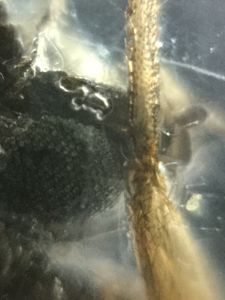
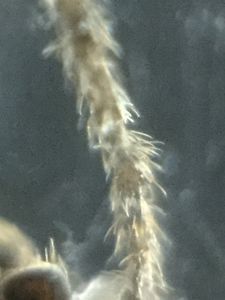
More zoomed-in images of the fly with side-lighting. Some of the pictures look very similar to dark-field.
Check out Aaron’s posts here!
https://microcosmos.foldscope.com/?p=8128
https://microcosmos.foldscope.com/?p=7722
-Marie
Check out Aaron’s posts here!
https://microcosmos.foldscope.com/?p=8128
https://microcosmos.foldscope.com/?p=7722
-Marie
Sign in to commentNobody has commented yet... Share your thoughts with the author and start the discussion!
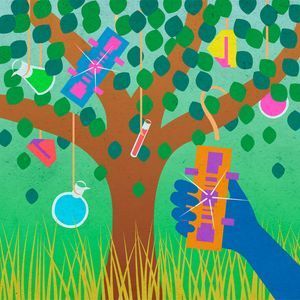
 0 Applause
0 Applause 0 Comments
0 Comments
